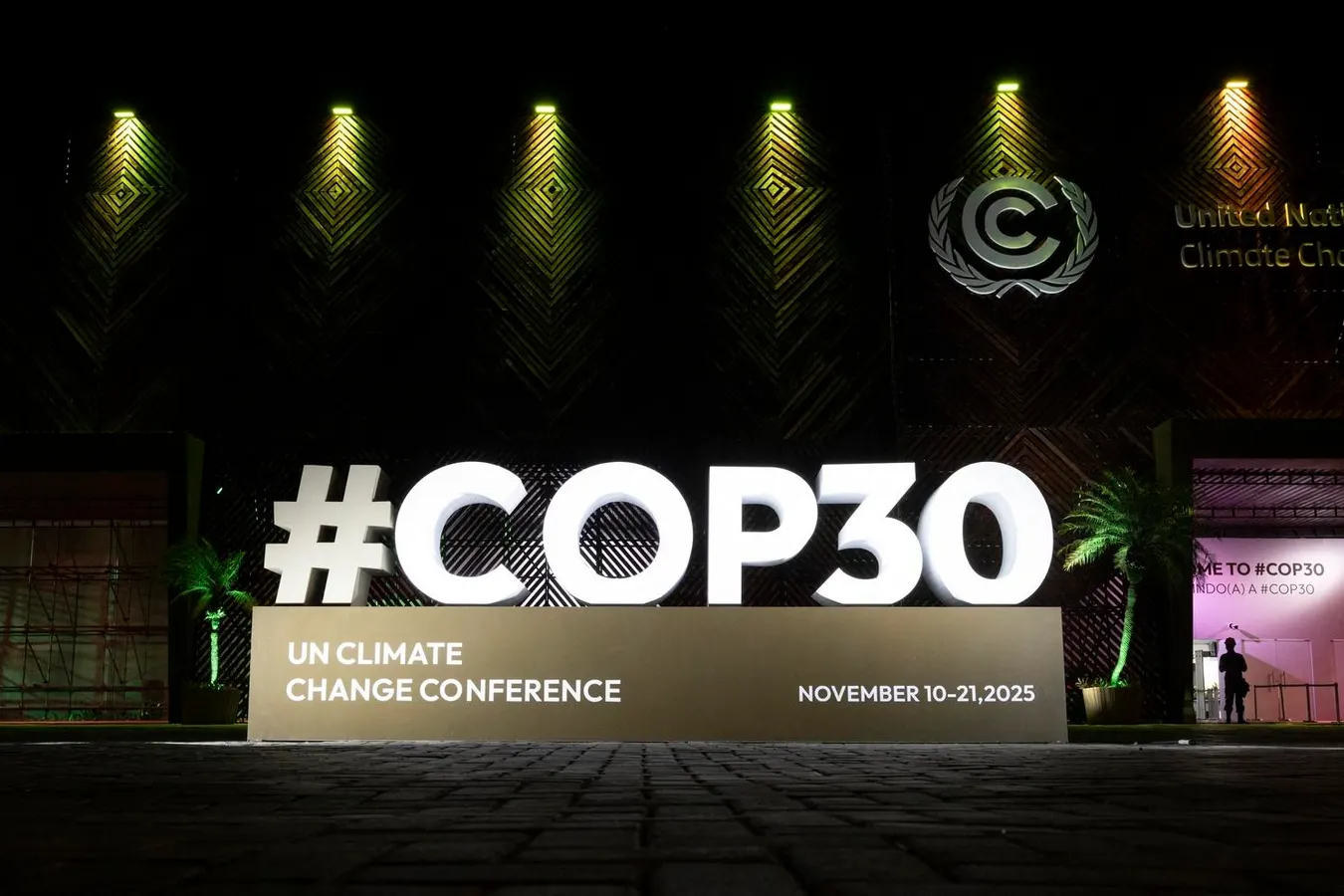Copyright Forbes

COP30 is swiftly approaching, and the stakes have never been higher. As world leaders prepare to converge on Belém, Brazil, three critical issues will determine whether we accelerate the transition to a liveable future or lag behind the action required; countries coming with ambitious 2035 Nationally Determined Contributions (NDCs), a realistic restatement of 2030 targets, and - most crucially - the Baku to Belém roadmap that could fundamentally reshape how finance flows to where it's needed most. The roadmap prepared jointly by COP29 and COP30 presidencies as a way to continue work on finance from Azerbaijan to Brazil is not just another diplomatic nicety – its very existence saved the finance negotiations on the 2035 target in Baku. Now countries need to leverage it to fundamentally reshape how financial systems work and direct flow to where they’re most needed. The Ambition Gap We Cannot Ignore So far, the world has not done enough to up its ambition in line with the goals of the Paris agreement. According to Climate Action Tracker's October assessment , 65 countries have submitted new 2035 targets, representing just 35 per cent of global emissions and 32 per cent of the global population. Only two countries, Norway and the UK, have plans compatible with limiting warming to 1.5°C. The richest countries have also struggled to meet their climate finance pledges in recent years. The USD100 billion target was only met two years after the original 2020 goal. The USD300bn target agreed at COP29 was met with wide criticism as it didn’t factor in inflation and could be met with little extra financial effort. The remaining 65 per cent of global emissions - and 68per cent of the world's people - now bear the responsibility for ambitious NDCs that match the scale of the crisis. Without them, the careful diplomatic choreography around finance mechanisms becomes meaningless. You cannot fund a transition that hasn't been clearly defined. The $1 Trillion Reality Check Climate finance crossed a symbolic threshold in 2023, hitting USD1 trillion, according to CPI but it’s worth taking a closer look at where that money came from and where it's going. 80 percent was mobilised domestically. China alone accounts for 64 per cent of all flows. Households contribute 25 per cent of the total. Meanwhile, the vast majority of international finance – 76 per cent remains public, not private. And within private finance, South-South flows play an oversized role. The good news? Developing countries are not waiting for developed countries to act but mobilising domestic resources, with households themselves also investing in climate action. The challenge? The countries that lack financial might like China’s or domestic capital markets, are falling further behind. The fundamental question for Belém is not whether we can move money. It's whether we can systematically redirect the trillions of climate finance, business investments and private capital toward emerging markets and developing economies (EMDEs) at the speed and scale required. From Diplomatic Placeholder to Action Plan Discussions around the Baku to Belém Roadmap need to focus on implementation, something well-suited to COP30, which has been billed the Implementation COP. Countries need to address both immediate bottlenecks and work on systemic barriers that keep capital trapped in familiar, wealthy markets. In the short term, we need action on transaction-level barriers, firstly to address the perception problem where investors routinely apply stricter standards to EMDEs than to advanced economies with similar volatility. This isn't risk management - it's bias codified into investment mandates. Greater use of transaction-level evidence, including actual recovery data and reforms to credit rating methodologies, can recalibrate pricing to reflect reality rather Second, we need to define clear frameworks to unlock private capital currently paralysed by ambiguity around required thresholds and potential providers such as donors, philanthropists and impact investors Alongside this, we need to standardise transaction models. Creating replicable templates that work across contexts - can dramatically accelerate capital flows while reducing transaction costs that render smaller projects unviable. Finally, we should shift from international capital flows routed through distant intermediaries to country platforms, project aggregation, and partnerships with local financial institutions to make blended finance accessible to those who understand the local context. Systemic Transformation In the long term we need to rewire how the global financial system operates to embed climate considerations into economic and industrial policies at the national level as core pillars of resilience and development strategy, rather than add-ons. This requires rethinking how we measure risk. Current methodologies penalise EMDEs based on historical volatility and ignore the mounting climate risks concentrated in wealthy coastal cities. Enhancing transparency around actual EMDE risk-return data and refining credit ratings to reflect real default and recovery rates can eliminate unjustified premiums. Regulatory frameworks also need to be reformed to incentivise long-term thinking. Financial institutions need to assess climate risks at granular levels and consider insurability over decades. This is essential for scaling adaptation finance and ensuring systemic stability as climate impacts intensify. Most fundamentally, we need to align global incentives with climate and resilience priorities. Policies that encourage capital redirection, reduce artificial risk perceptions in EMDEs, and support climate-aligned investments should be the obvious choice rather than the exception. The Choice Before Us COP30 marks a critical point. The climate crisis demands that we fundamentally change how capital moves through the global economy and we've already proven we can shift unprecedented sums towards that transition. But it’s clear that current approaches concentrate resources where they're least needed and leave the most vulnerable countries scrambling. The Baku to Belém roadmap offers a pathway to change this. It requires political will, institutional courage, and the determination to confront uncomfortable truths about how global finance works to implement it



